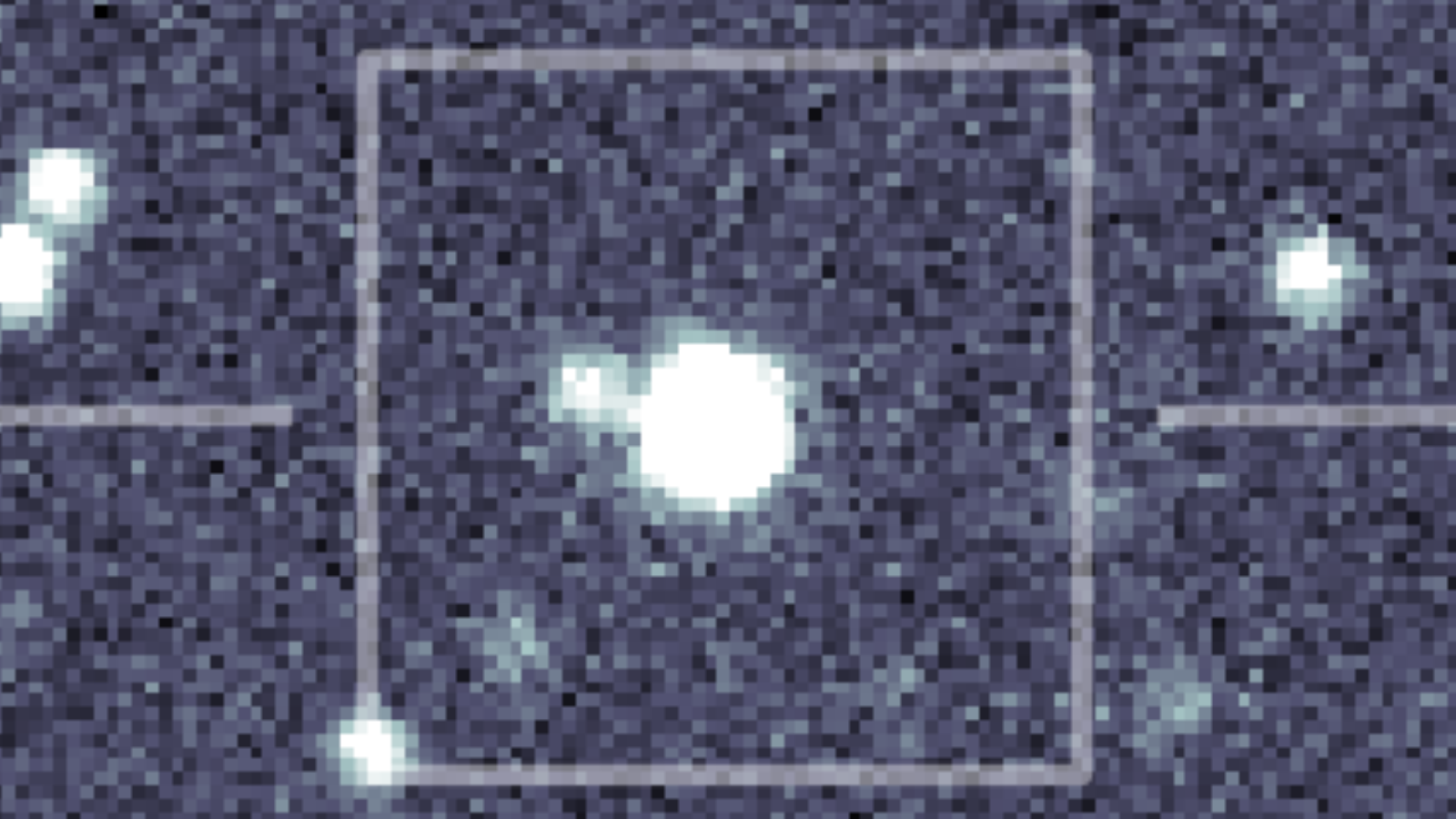News
Latest News
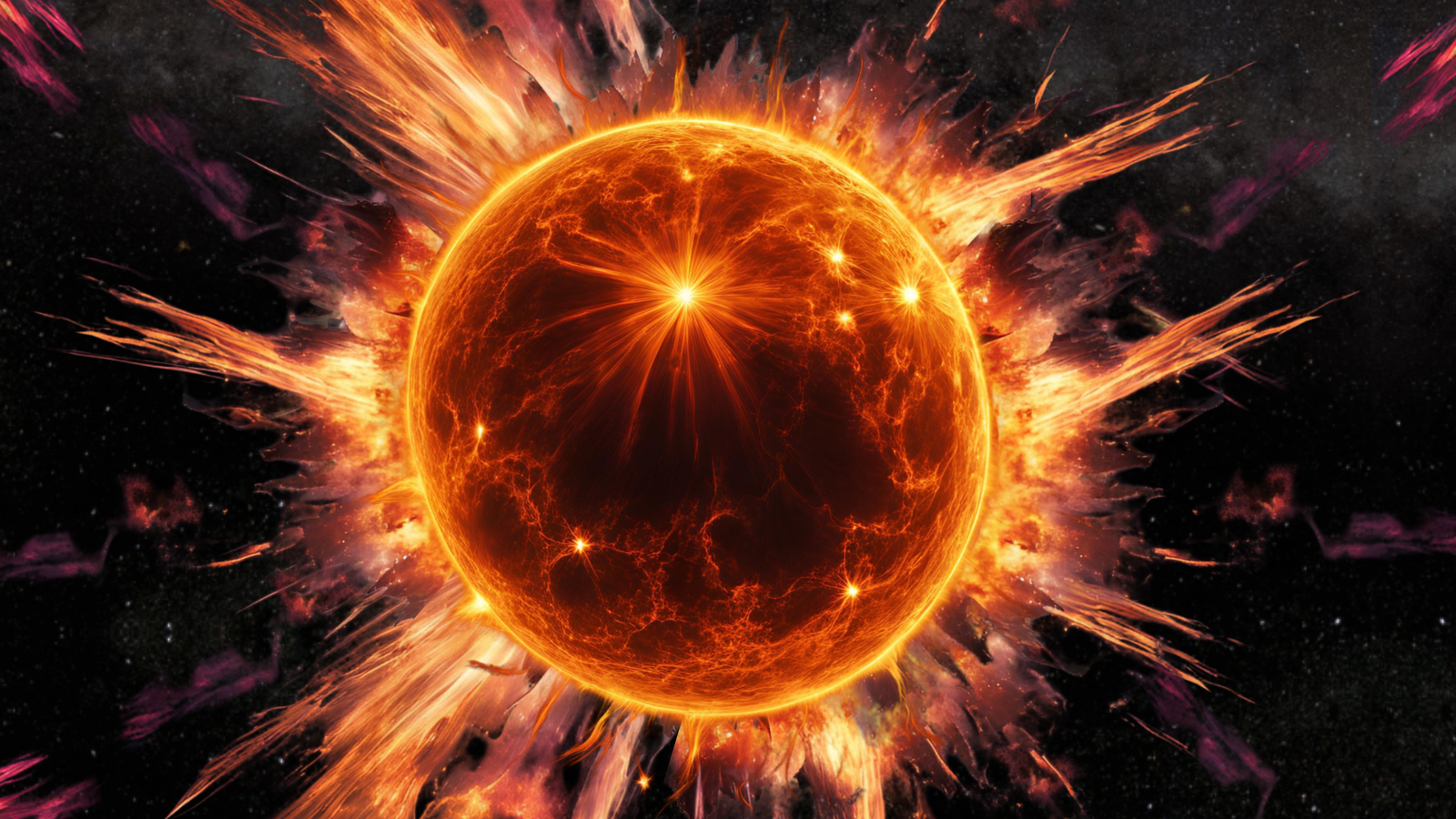
Very massive stars vomit vast amounts of matter before collapsing into black holes
By Robert Lea published
Very massive stars are cosmic "rock stars" that live fast, die young and leave black holes in their place. During this transformation, they may vomit out more stellar material than we knew.

Russia launches Progress 92 cargo ship toward the ISS
By Mike Wall last updated
A Russian Progress cargo spacecraft launched toward the International Space Station this afternoon (July 3), hauling several tons of cargo to the orbiting lab.
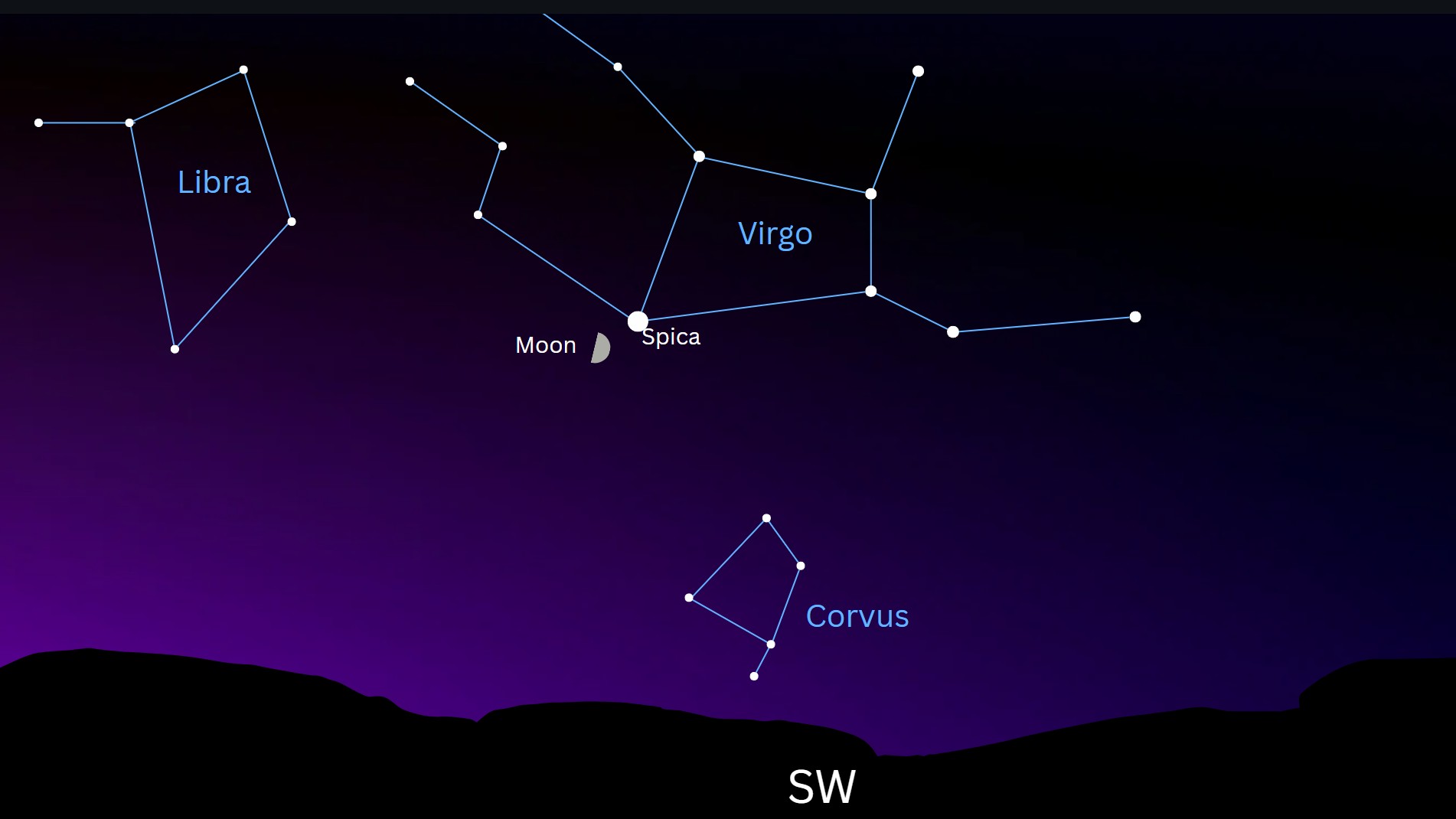
See the bright star Spica close to the waxing gibbous moon on July 3
By Anthony Wood published
Spica is a binary star system that orbits over 250 light-years from Earth within the Milky Way.
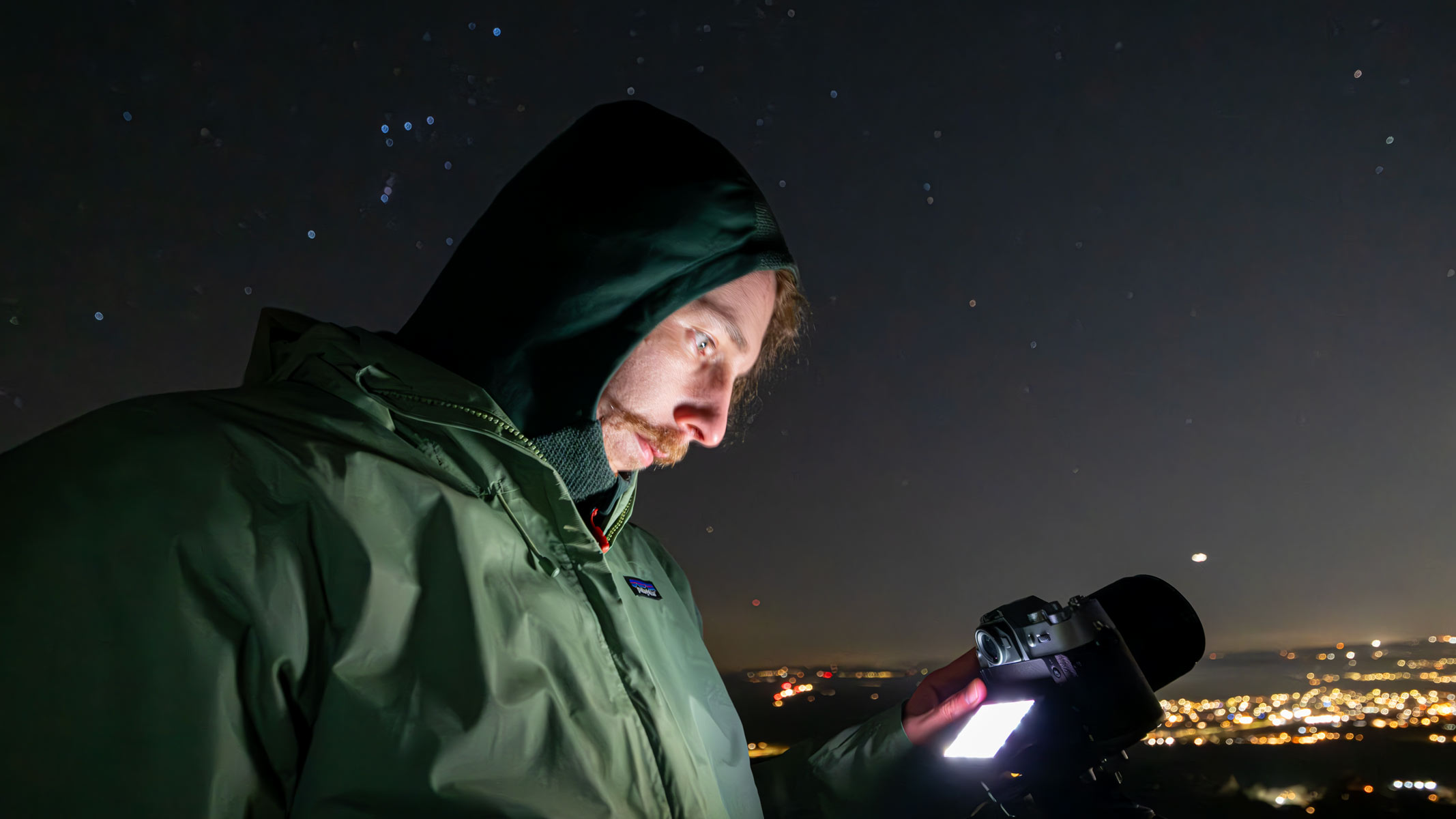
Best Fujifilm cameras
By Harry Bennett published
These are the best Fujifilm cameras from beginner to professional grade, with some models potentially falling in price on Amazon Prime Day from July 8 to 11.
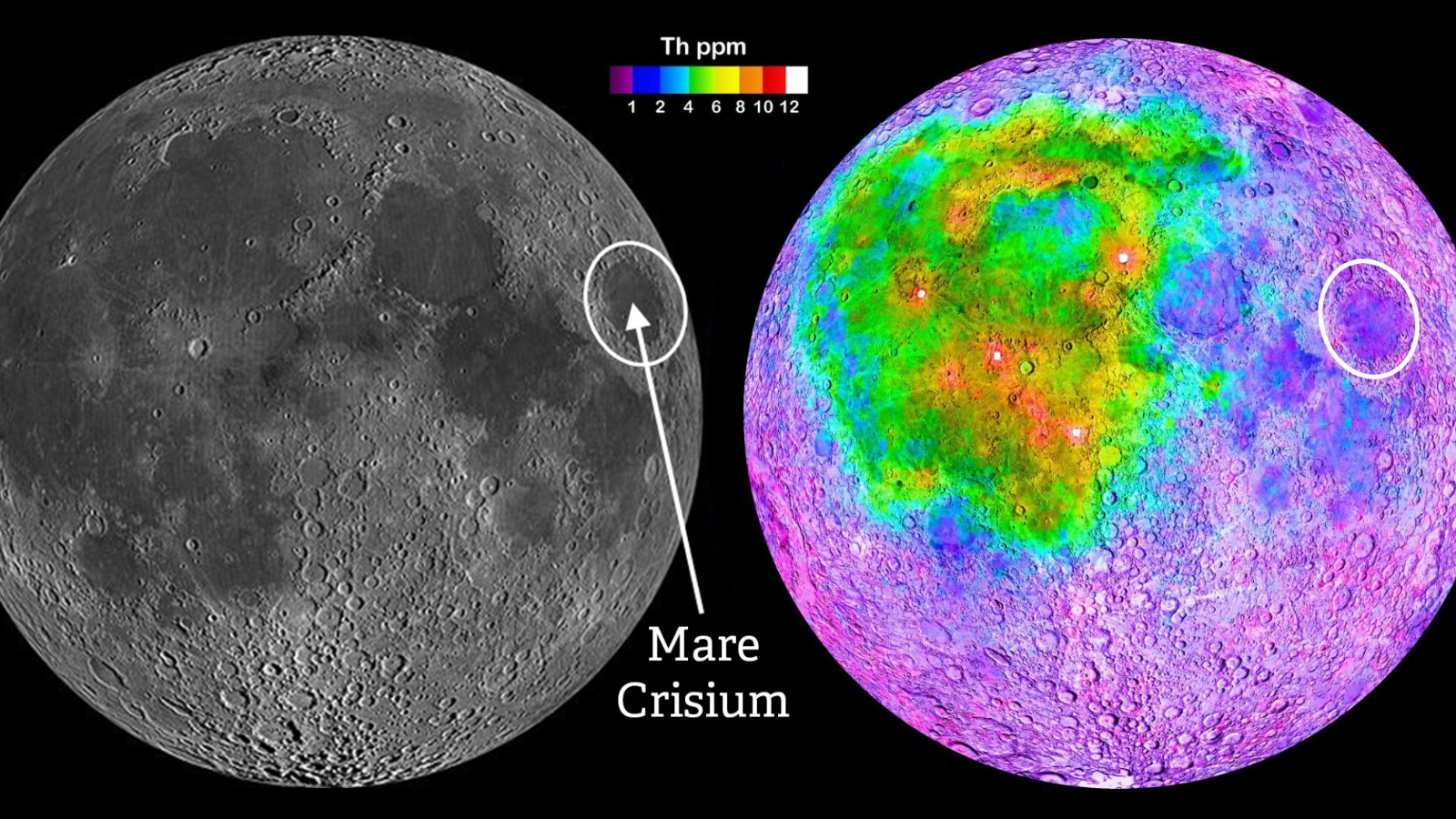
Private lunar landing: How Blue Ghost measured the moon's electric and magnetic fields
By Leonard David published
Private lunar landing: How Blue Ghost measured the moon's electric and magnetic fields
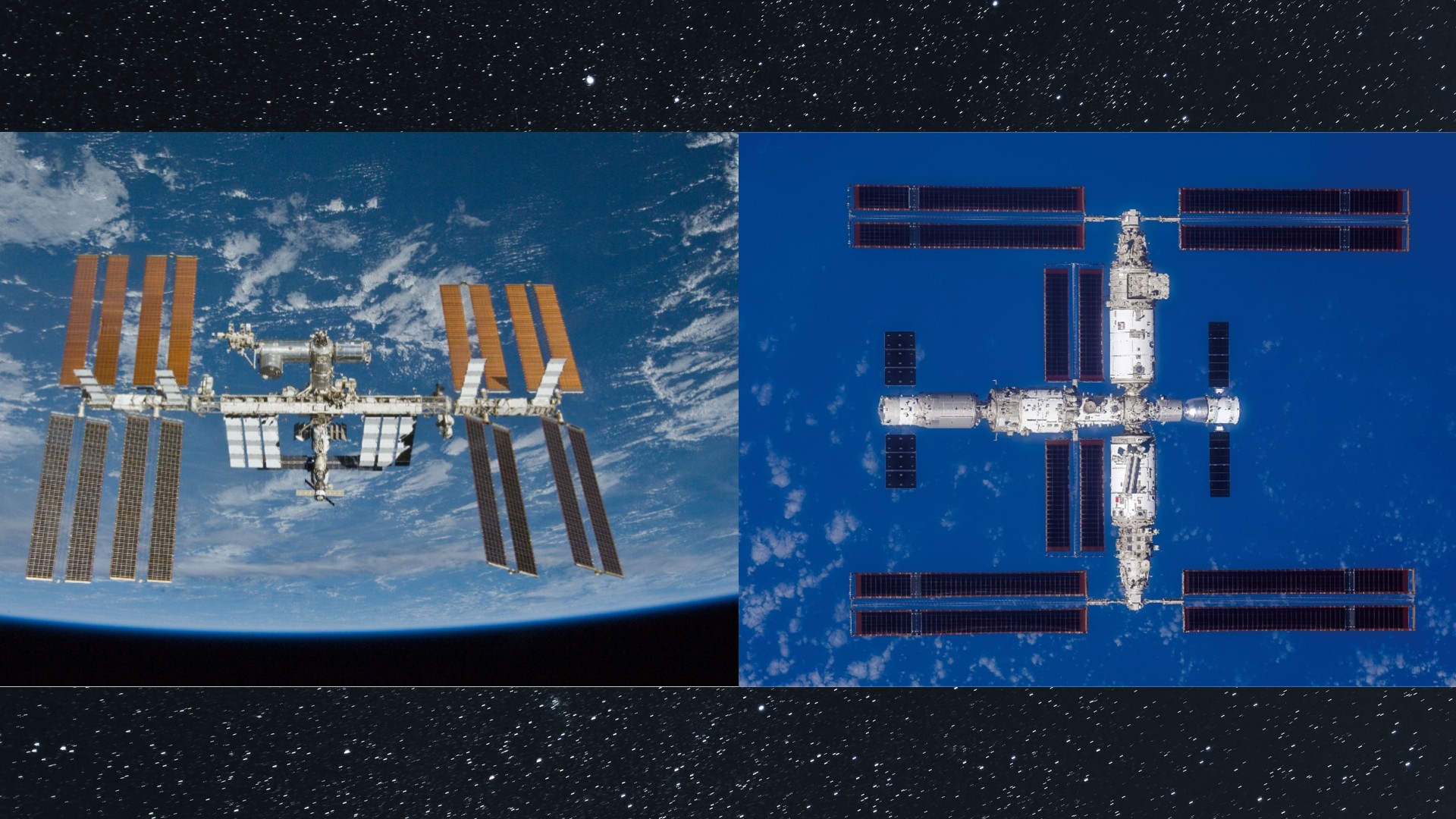
How to see China's Tiangong space station and the ISS in the predawn sky this week
By Joe Rao published
The International Space Station and China's Tiangong Space Station will be visible for early risers. Here's how to make a dual sighting.
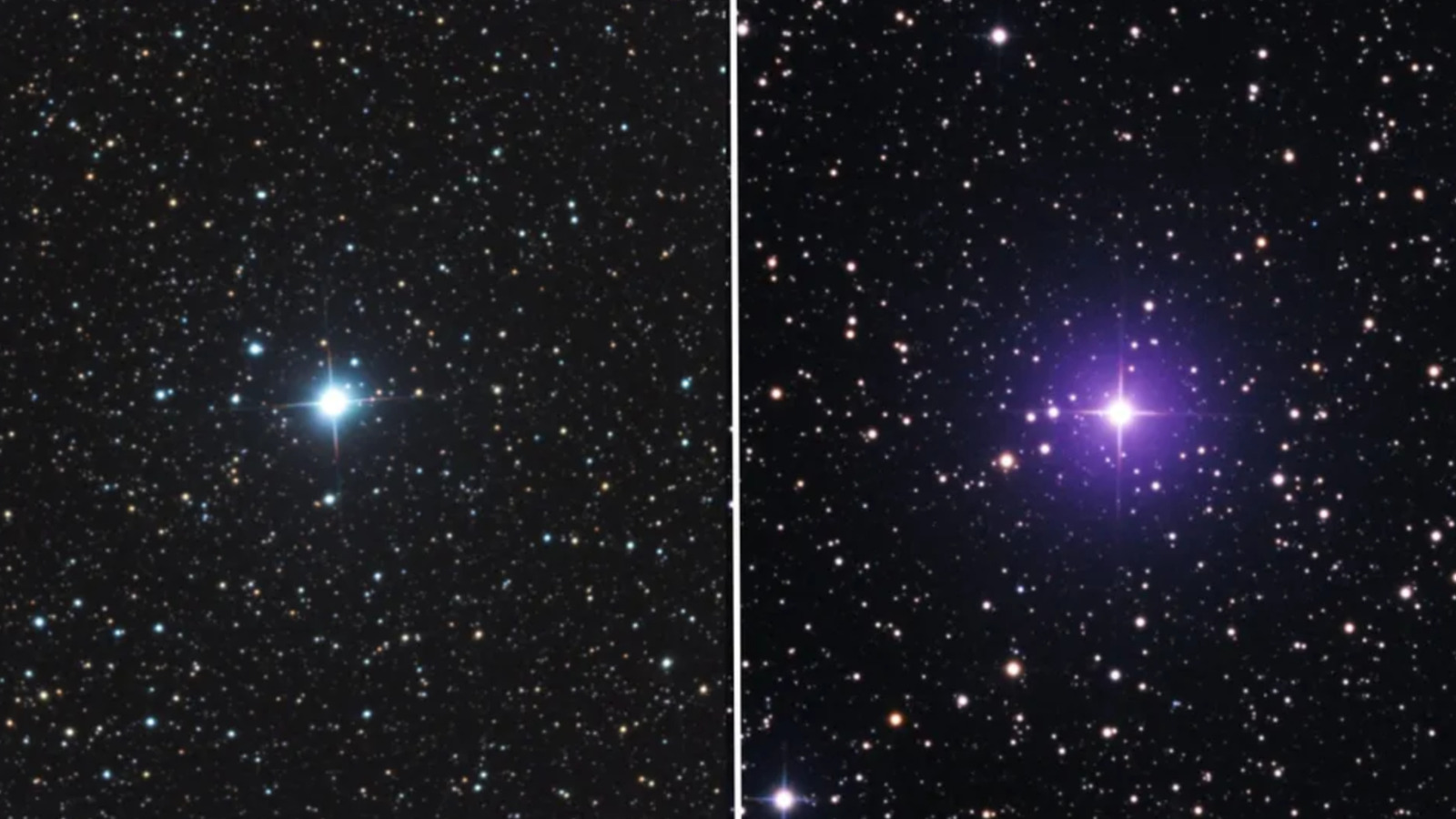
'An exceedingly rare event': See a pair of nova explosions shining in the southern sky this week.
By Anthony Wood published
Both novas will eventually become too dim to see, even under the darkest skies. So catch them while you can!
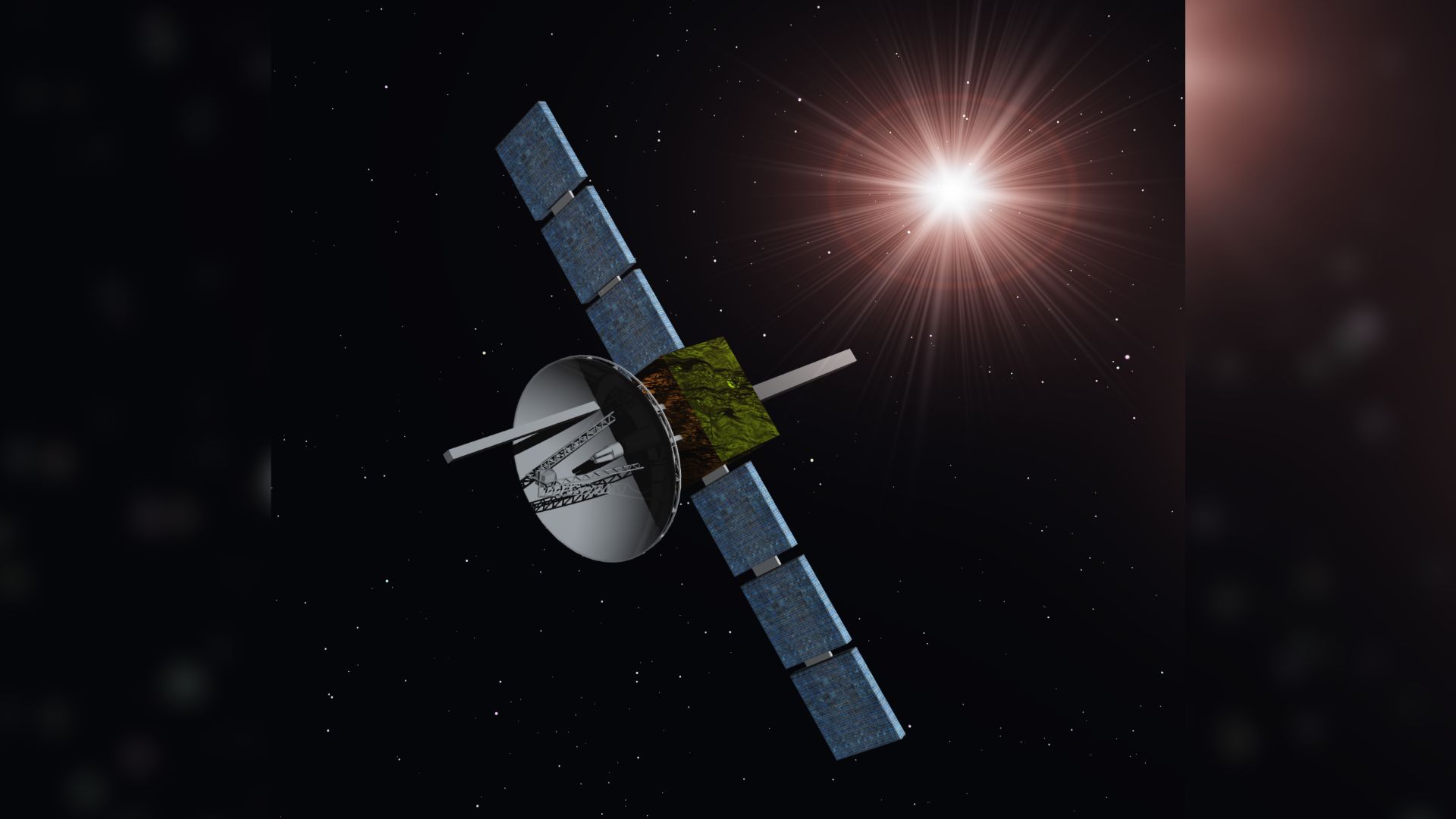
On this day in space! July 3, 1998: Japan launches Nozomi Mars Mission
By Hanneke Weitering last updated
The Japan Aerospace Exploration Agency launched the country's first space probe to another planet.
Breaking space news, the latest updates on rocket launches, skywatching events and more!
